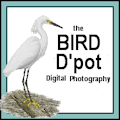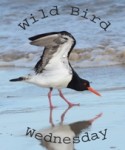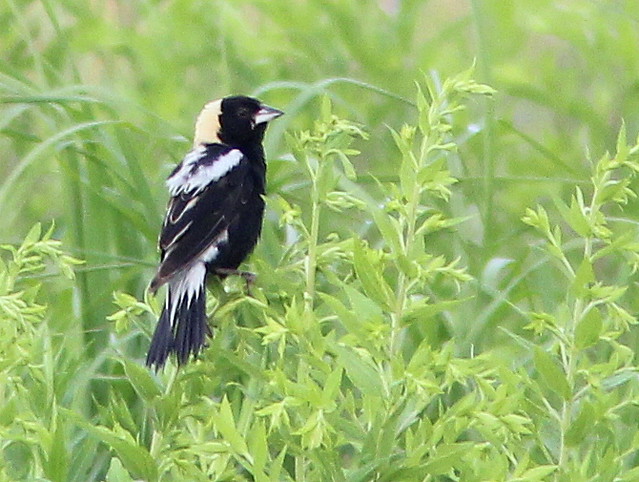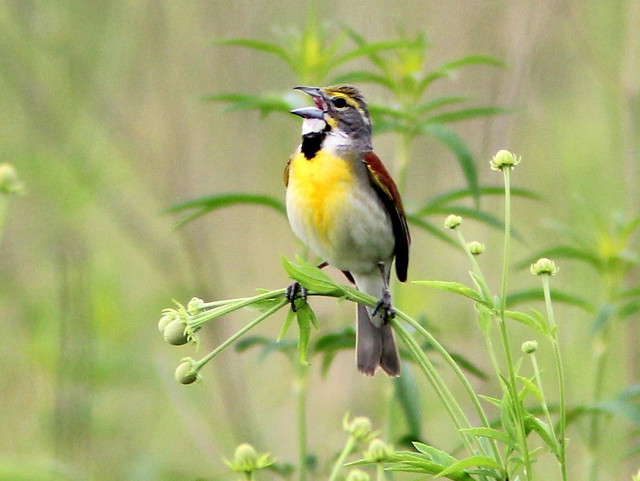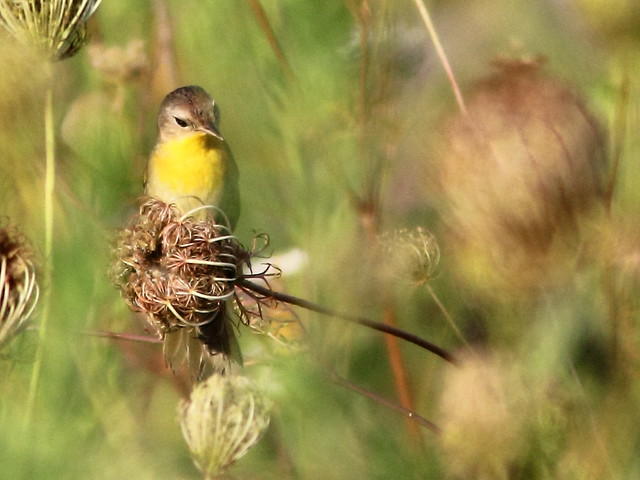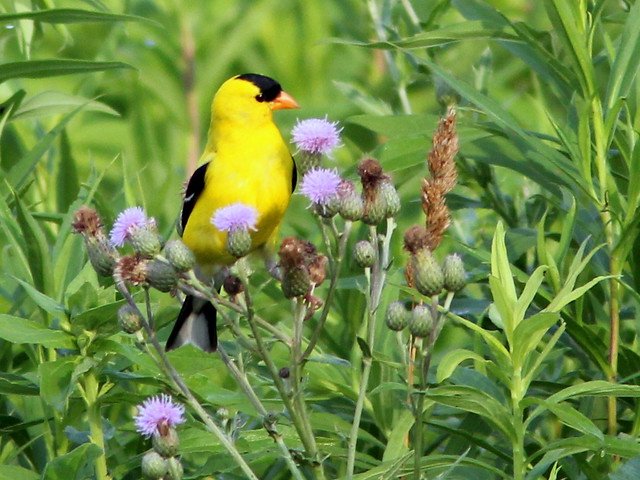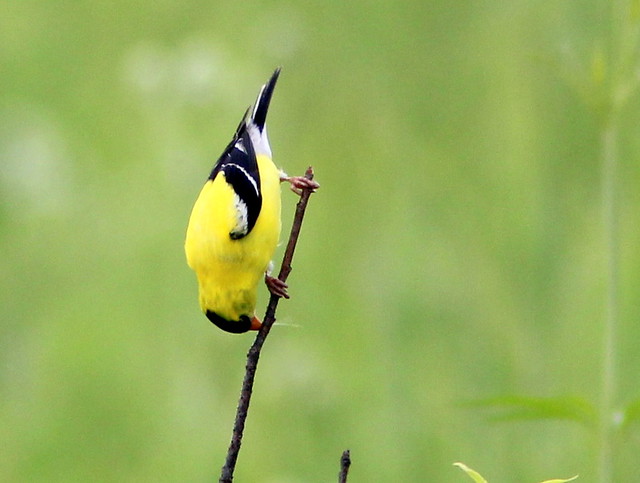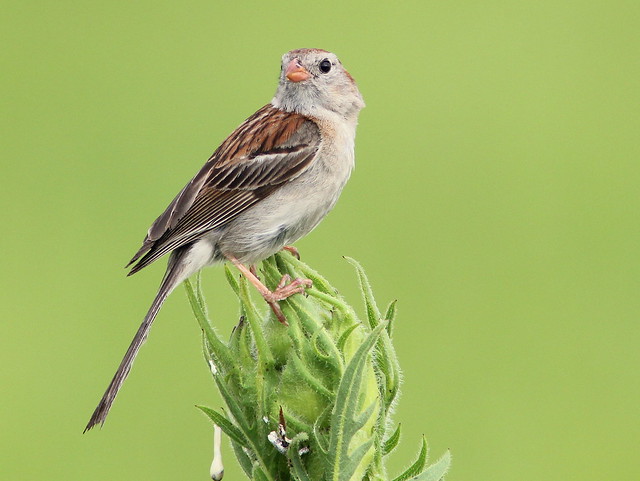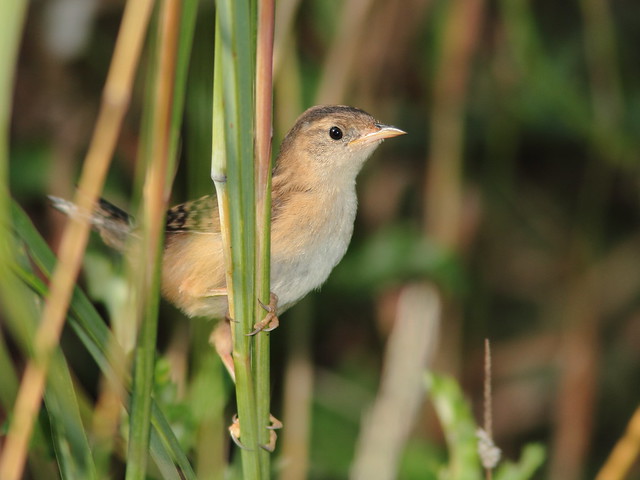Travel, first to Alaska, and more recently in Europe, has occupied much of my past two months. Before leaving for a visit to Spain and a western Mediterranean cruise earlier this month, I wrote three blog posts and scheduled them for publication on consecutive Saturday mornings. I now have to catch up and tell about the varied results of my recent hunting experiences.
The great painter John James Audubon was known to cook and eat many of the birds he collected.
“Although he would shoot the birds for sport, he also shot them in order to paint their features. In his mission for new specimens, Audubon would shoot a minimum of a hundred birds each day. ” http://www.princetonaudubon.com/audubon-.htm
Audubon was known to be quite an epicure, and I remember reading his accounts of the varying flavors of different birds and mammals (including at least one rat). However, he was not an insensitive killer.
“Because he worked in the wilderness for long stretches with no other food source, he had to eat those birds, too. (He recounted one occasion when he drew a live hawk in his kitchen, and the bird’s eye ‘directed towards mine, appeared truly sorrowful.’ He released the creature as quickly as he could.)” http://www.strangescience.net/audubon.htm
Well, relax– I only hunt birds with binoculars, and more recently, a camera. Therefore I will not be discussing a recipe for blackbirds in a pie, but take a good look at this one.
The front view of this Bobolink only hints at its beauty.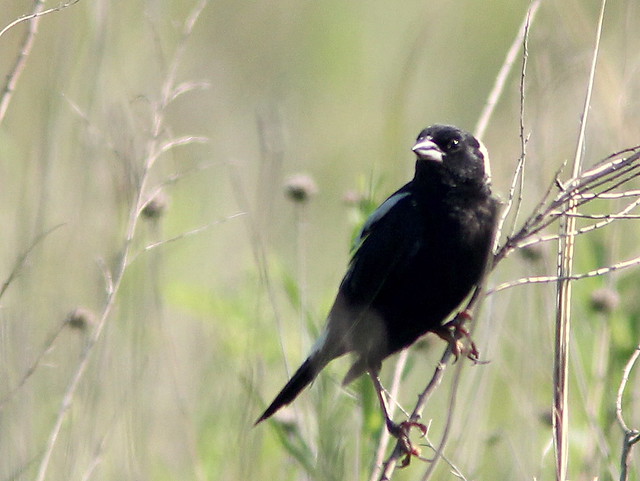
Bobolinks on the prairie near our NE Illinois home have been a main target for me the past several summers. (Click on this image for more views):
I keep trying for the”perfect” shot of a male Bobolink in breeding plumage. It must be taken from a rear quarter, with the bird turning his head halfway, to show the contrast between his face and the nape of his neck. Then, the light must be just right to provide some eye shine against the dull black face. The bird must be near enough to permit definition of its feather patterns, and it must be in perfect plumage.
These elements have never yet been aligned in my many attempts for Bobolink “perfection.” Just before departing on our July Alaska trip I visited Nelson Lake/Dick Young Forest Preserve near our Illinois home.This time I saw up to 20 Bobolinks, mostly adult males. Those near the path always seemed to see me first and high-tailed it to distant pastures. Only two rested within camera range. Although in plain view, they were always at the outer limits of my camera’s resolution, and the images were soft when cropped. Some had scruffy plumage, like the one I photographed the previous day (See: Illinois prairie in early summer). My most common flaws have been failure to catch light in their eyes, and failure to get near enough for a crisp image.
I also keep trying to “bag” a singing Dicksissel at close range, such as this perfect specimen with a clear yellow breast:
Common Yellowthroats seemed to be everywhere, including this female, foraging for insects in the spent flower heads of Queen Anne’s Lace::
American Goldfinches are now breeding, their life cycle tuned to the ripening of the thistles that provide down for nests and food for nestlings:
It’s fun to try to catch a goldfinch in an interesting posture, but one must be very quick (and lucky):
Let’s depart momentarily from the “yellow bird” theme. I particularly enjoy chasing down the “Little Brown Jobs.” This year, though I have heard them singing in the grass, the rare Henslow’s Sparrows have eluded me. However a Field Sparrow kindly stepped up to represent the family:
In a lucky shot, I captured another Field Sparrow in flight, as it launched from its perch just as I depressed the shutter: 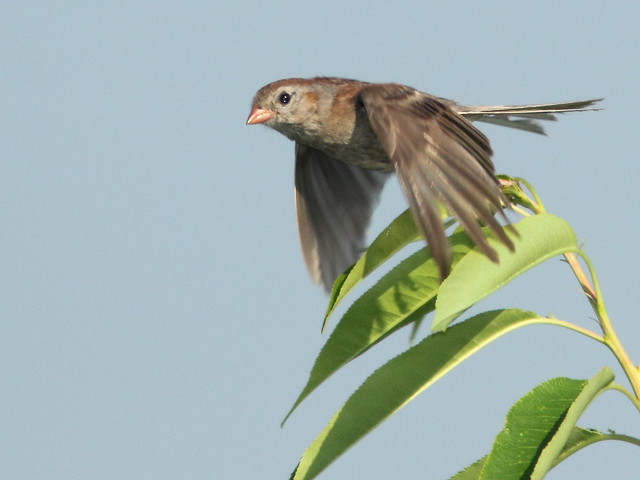
After the Henslow’s Sparrow, this year’s most elusive quarry has been the Sedge Wren. The prairie grass is now 5 or more feet high, and it is very difficult to shoot through the vegetation. Yesterday Mary Lou and I encountered two pairs of Sedge Wrens that appeared to be protecting a nest or fledglings close to the path. Nearly all my photos were partially obscured by greenery, and the first bird was back-lighted when it finally came out into the open. I used fill flash because of the very bright conditions and dark shadows. I had been trying all summer to get a clean shot of one of these prairie sprites, and this was my finest opportunity this year.
These are probably the best I could expect, but they capture the Sedge Wren’s reclusive nature: 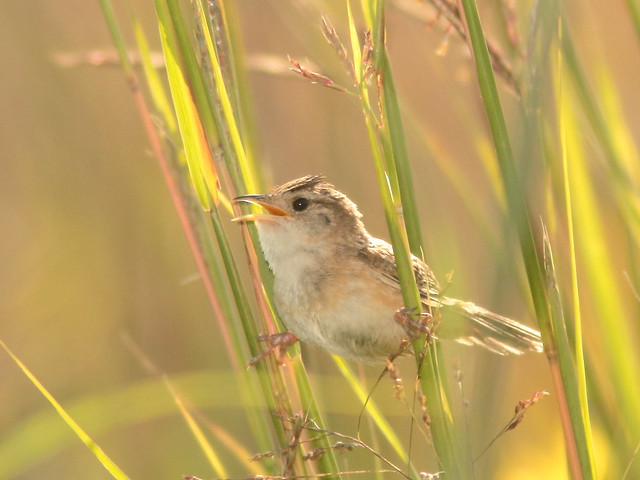
A male Indigo Bunting graced us with his presence: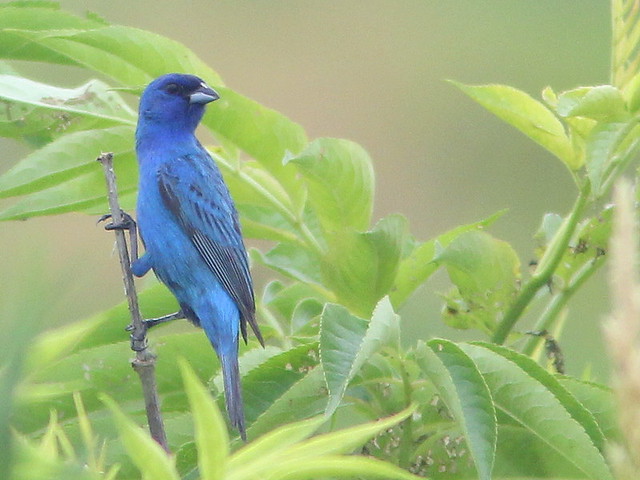
So far I have not been successful in obtaining the classic shot of a singing meadowlark on a big round fence post, and have to settle for one that dwarfs his skinny perch :
Or an earlier one, ready to hang on the wall with my other “trophies:”





